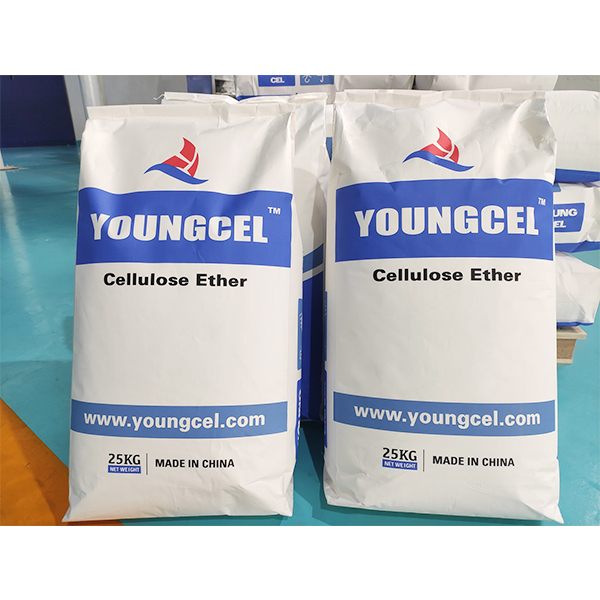The Advantages of Cellulose Glue in Modern Applications
Cellulose glue, derived from natural cellulose fibers, has gained popularity in various applications due to its eco-friendliness and effectiveness. This adhesive is primarily made from organic materials, which makes it a sustainable choice for both manufacturers and consumers. As awareness of environmental issues increases, many industries are turning to cellulose glue as a versatile option for bonding.
One of the primary advantages of cellulose glue is its biodegradable properties. Unlike synthetic adhesives that can release harmful toxins during their production and degradation, cellulose glue breaks down naturally in the environment. This characteristic is particularly appealing in sectors such as packaging, woodworking, and arts and crafts, where sustainability is increasingly crucial. Green certifications and consumer preferences for eco-friendly products have made cellulose glue a sought-after alternative.
In the woodworking industry, cellulose glue is often employed for its strong bonding capabilities. It provides excellent adhesion to various materials, including wood, paper, and cardboard. Its versatility allows for its use in both interior and exterior applications. Moreover, cellulose glue is water-soluble, making it easy to clean up during the application process. Woodworkers appreciate the fact that it dries clear, ensuring a clean finish on projects.
cellulose glue

In the realm of arts and crafts, cellulose glue is favored for its non-toxic nature. Many artists and crafters opt for this adhesive over traditional glues that may contain harmful chemicals. This is especially important for projects involving children, where safety is a paramount concern. Cellulose glue adheres well to different surfaces, offering crafters the ability to experiment with a variety of materials without compromising safety.
Another valuable trait of cellulose glue is its flexibility upon drying. This characteristic allows for the movement of bonded materials without causing the adhesive to crack or break. It is particularly useful in applications such as bookbinding, where the spine of a book needs to flex. This flexibility also adds to the durability of the bond, making cellulose glue a reliable choice for projects that require longevity.
Furthermore, cellulose glue is economically advantageous. Its production costs are relatively low, making it accessible for both large manufacturing processes and small-scale DIY projects. The availability of cellulose glue in various formulations, including liquid, powder, and spray, caters to diverse user needs, ensuring that it can be utilized in countless applications.
In summary, cellulose glue stands out as a remarkable adhesive option due to its eco-friendliness, strong bonding properties, safety, flexibility, and economic viability. As industries continue to seek sustainable solutions, cellulose glue is likely to see increased adoption across multiple sectors. Whether used in woodworking, crafting, or packaging, its benefits make it an attractive choice in a world that values environmentally conscious practices. Through the use of cellulose glue, we can move towards a greener future while still achieving high-quality results in various applications.
-
Rdp Powder: Key Considerations for Wholesalers in the Building Materials IndustryNewsJul.08,2025
-
Key Considerations for Wholesalers: Navigating the World of Hpmc - Based ProductsNewsJul.08,2025
-
Hpmc Detergent: Key Considerations for WholesalersNewsJul.08,2025
-
Key Considerations for Wholesalers: China Hpmc For Tile Adhesive, Coating Additives, Concrete Additives, and MoreNewsJul.08,2025
-
Crucial Considerations for Wholesalers: Navigating the World of Construction MaterialsNewsJul.08,2025
-
Key Considerations for Wholesalers Sourcing Additive For Cement, Additive For Concrete, Additive For Putty from Additive Manufacturer Shijiazhuang Gaocheng District Yongfeng Cellulose Co., Ltd.NewsJul.08,2025




